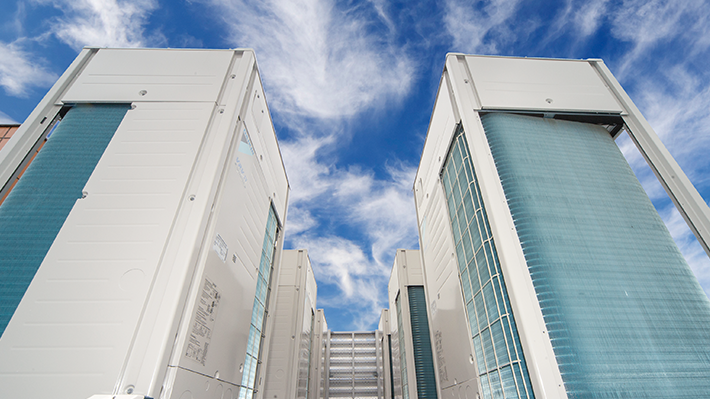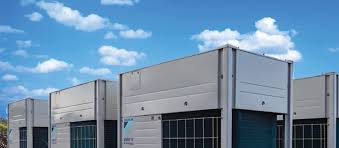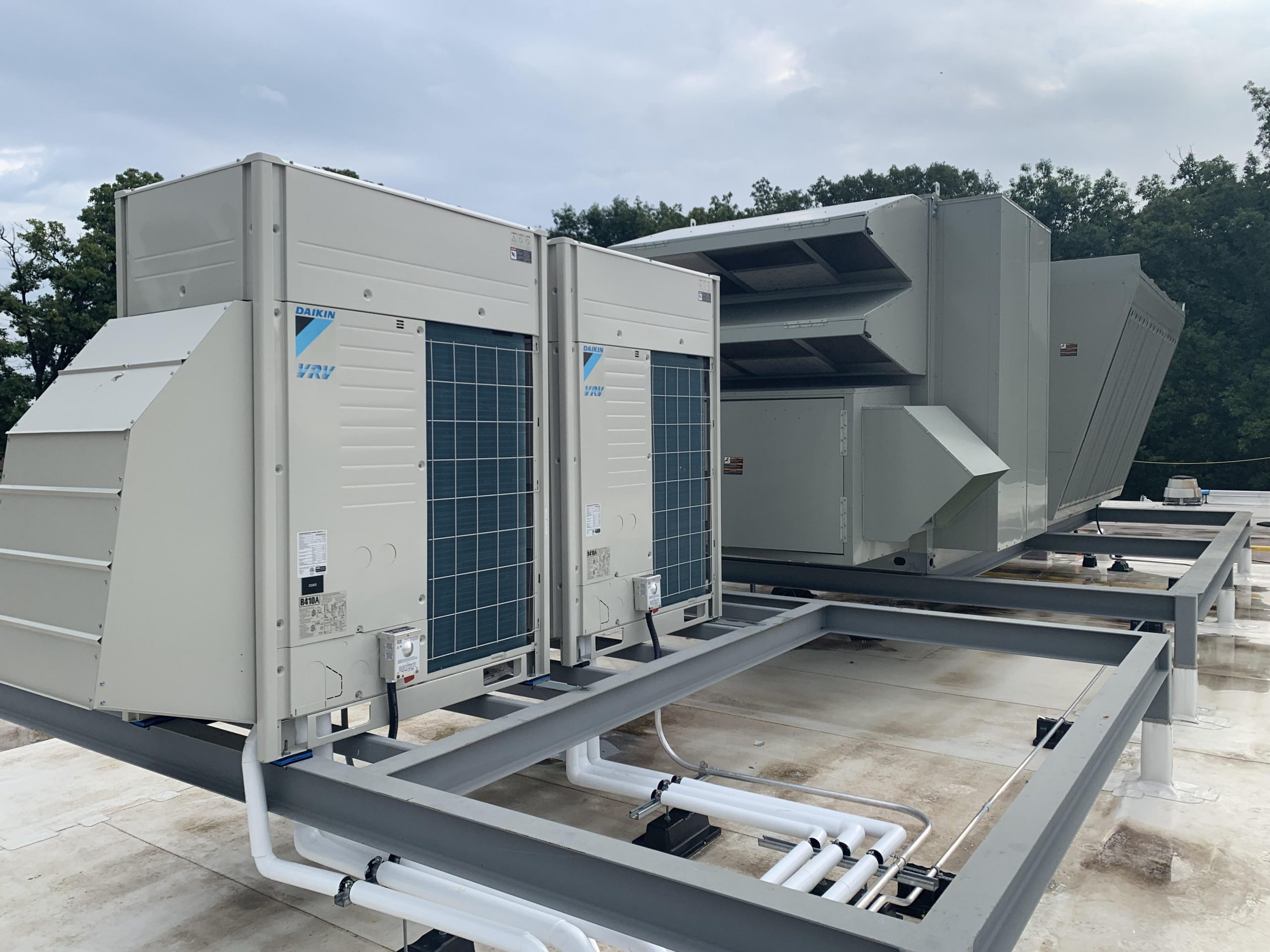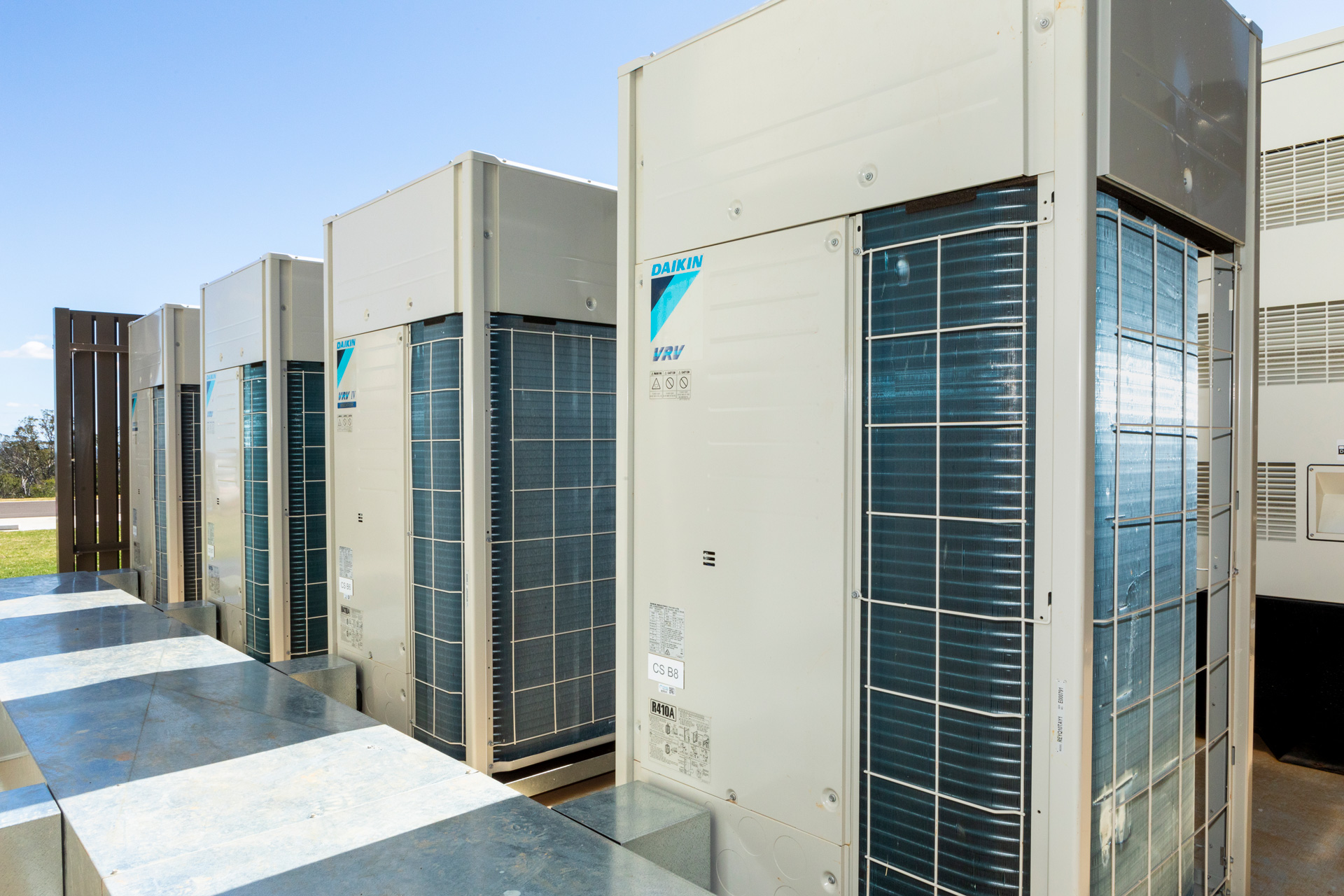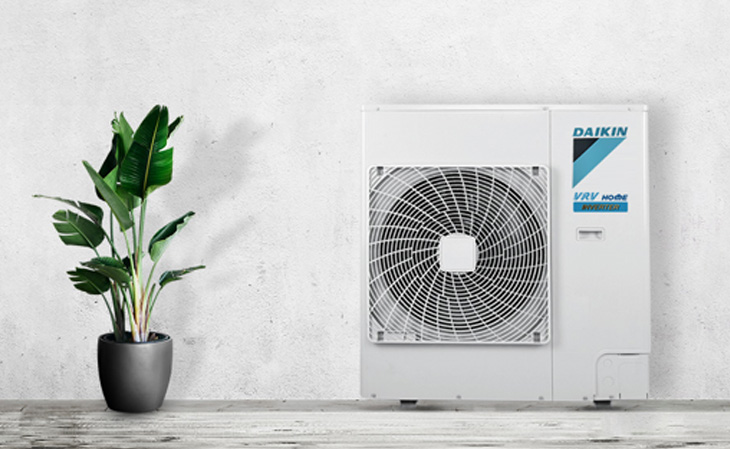Daikin’s VRV System- How does it outperform a typical central air conditioning system?
May 26, 2025 | 10:22 AM
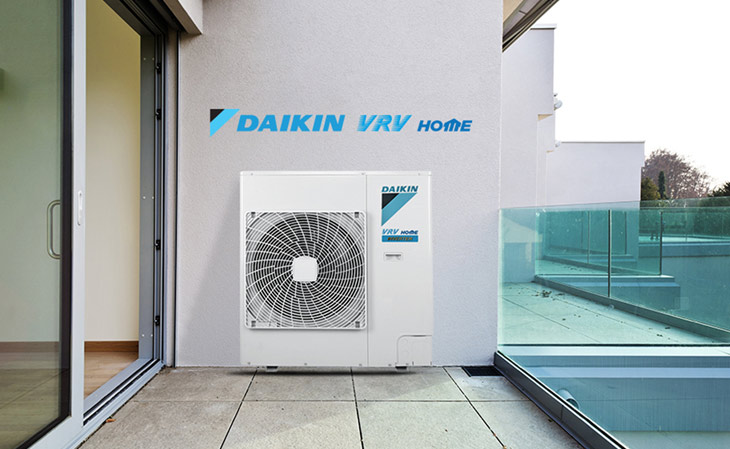
Are you aware of Daikin’s revolutionary VRV system? Though it is closely related to air conditioning, it has changed the way people use a central air conditioning system in their homes and offices. Let’s get to know more about this system.
Central air conditioning has long been the go-to option for cooling large areas, whether they are multi-zone offices, commercial buildings, or opulent homes. However, the drawbacks of traditional systems become more noticeable as operational flexibility, energy efficiency, and intelligent climate control become crucial. Here comes VRV (Variable Refrigerant Volume) technology, a cutting-edge solution that is revolutionizing air conditioning.
Why conventional central AF falls short
To distribute cooled air, conventional central air conditioning systems usually use a single large chiller, or several air handling units connected by ductwork. Although theoretically effective, these systems frequently have significant disadvantages:
- Expensive initial and ongoing costs: Central systems necessitate substantial mechanical units, intricate installation, and a lot of ductworks. Due to energy waste, this raises both the initial investment and ongoing operating costs.
- Absence of Zoning: The inability to regulate temperatures in various zones separately is a significant drawback. This results in discomfort and energy waste due to inefficiencies, overcooling, or undercooling in specific areas.
- Space Restrictions: Ductwork and large air handling units can take up valuable space that could be used more efficiently.
- Maintenance Burden: Because traditional systems typically need to have several components serviced on a regular basis, maintenance is expensive and time-consuming.
The VRV System: Precision Meets Efficiency
A stylish, scalable, and intelligent substitute for antiquated cooling technology is provided by VRV systems. In contrast to conventional configurations, these systems function in a modular fashion, employing a single outdoor unit that can link to several independently controlled indoor units. Here are some reasons why VRV is changing our perspective on climate control:
- Partitioned Comfort, Personalized Control
The zoning feature of VRV is one of its most notable benefits. The precise temperature control in every room or zone is made possible by the independent operation of each indoor unit. This implies that residents can experience individualized comfort, such as a slightly warmer environment in a reception area or a colder temperature in a meeting room.
- High Energy Efficiency
VRV systems make use of cutting-edge inverter technology, which modifies refrigerant flow in response to actual cooling demand. VRV units smoothly ramp up or down, lowering energy consumption and guaranteeing peak performance in contrast to conventional systems that run at a fixed capacity. When compared to traditional setups, businesses frequently report energy savings of up to 30–40%.
- Scalable and Space-Saving Design
VRV systems are very versatile and perfect for both new construction and retrofits. Both indoors and out, they have a sleek profile and require little ductwork. They can be made to fit buildings of any size or layout thanks to their modular design and small size, all without sacrificing efficiency or beauty.
- Smart Monitoring and Remote Access
Intelligent control systems are a feature of contemporary VRV technology. Using centralized panels or even mobile apps, facility managers can remotely monitor and control climate zones. This improves energy optimization, adds a layer of convenience, and lessens the need for manual intervention.
- Low Maintenance
VRV systems are easier to maintain by nature because they operate decentralized and have fewer moving parts. Diagnostic systems minimize downtime and repair expenses by warning users of possible problems before they become serious ones.
The Future of Cooling is Here
Daikin’s VRV System is a great substitute for conventional central air systems for developers, architects, and facility managers seeking a contemporary climate solution. It offers a better air conditioning experience by combining energy efficiency, flexibility, and intelligent controls.
VRV technology provides a progressive solution that satisfies the needs of both the present and the future, regardless of whether you're in charge of a corporate office, opulent villa, hospital, or educational institution.
Top of Form
Bottom of Form
Recommended articles
Leaving so soon?
Did you know that Daikin VRV home lifestyle solutions offer individual temperature control of the air conditioning zones?
Still not convinced about how VRV home can make your life smarter?





